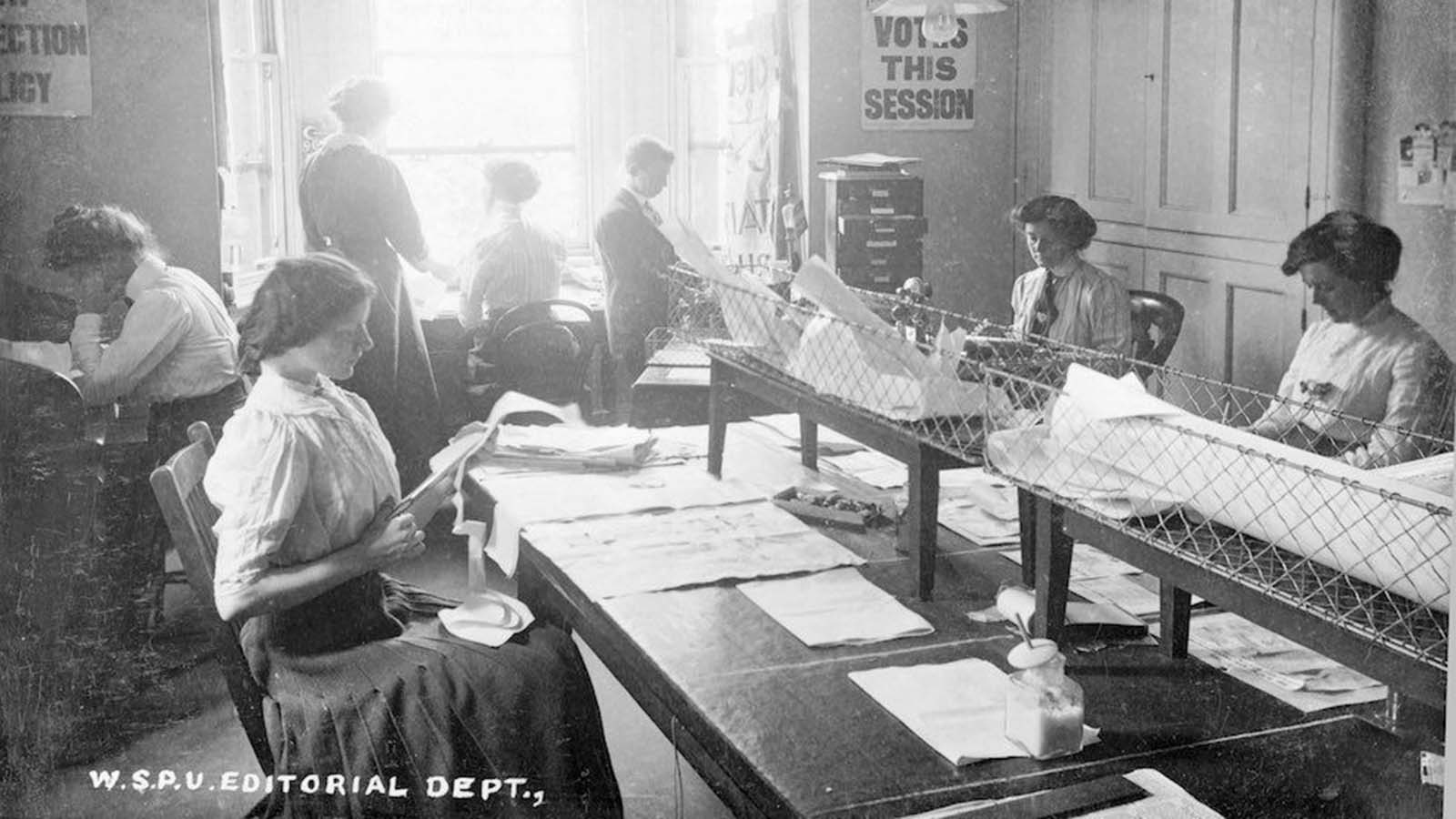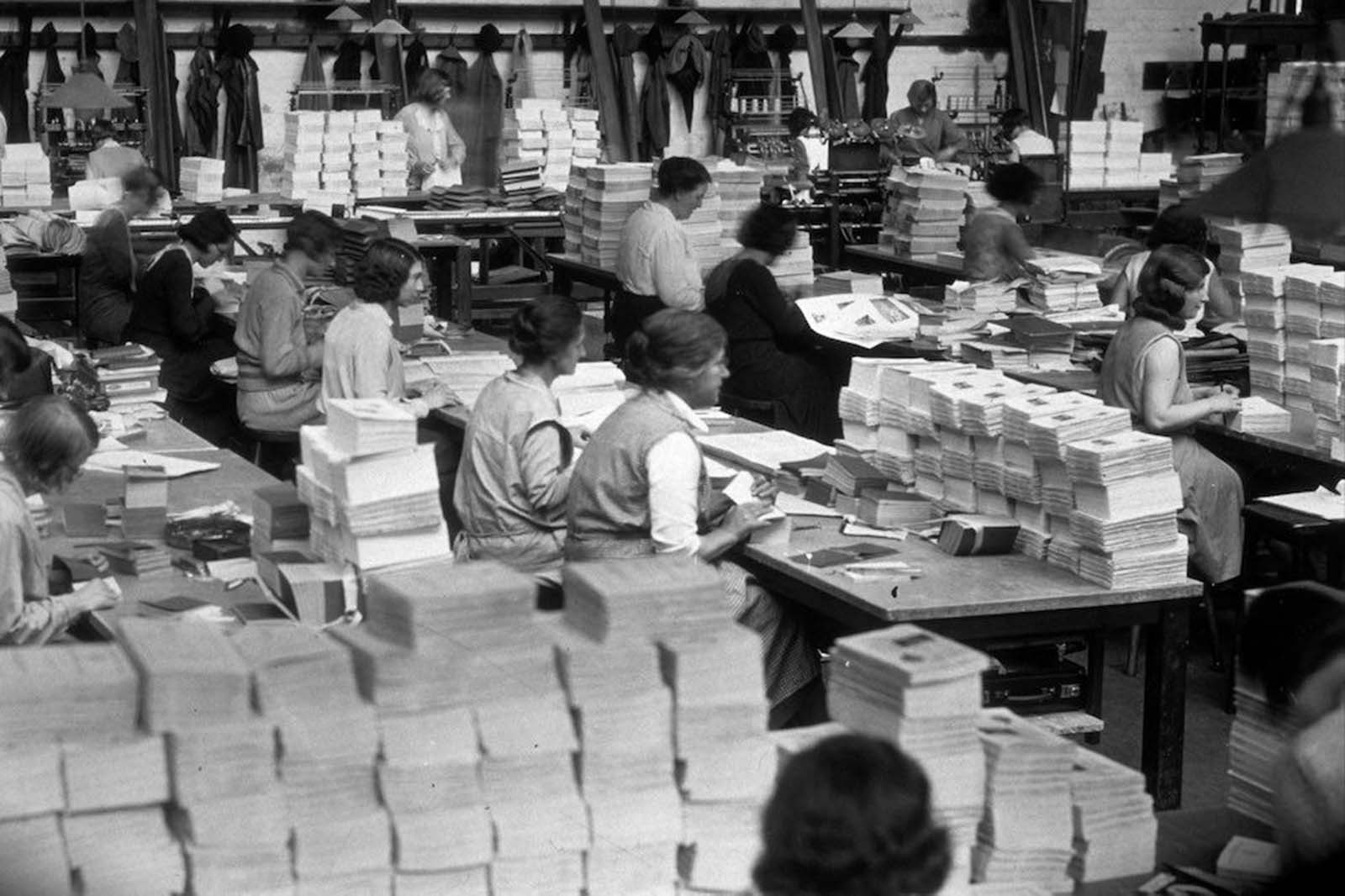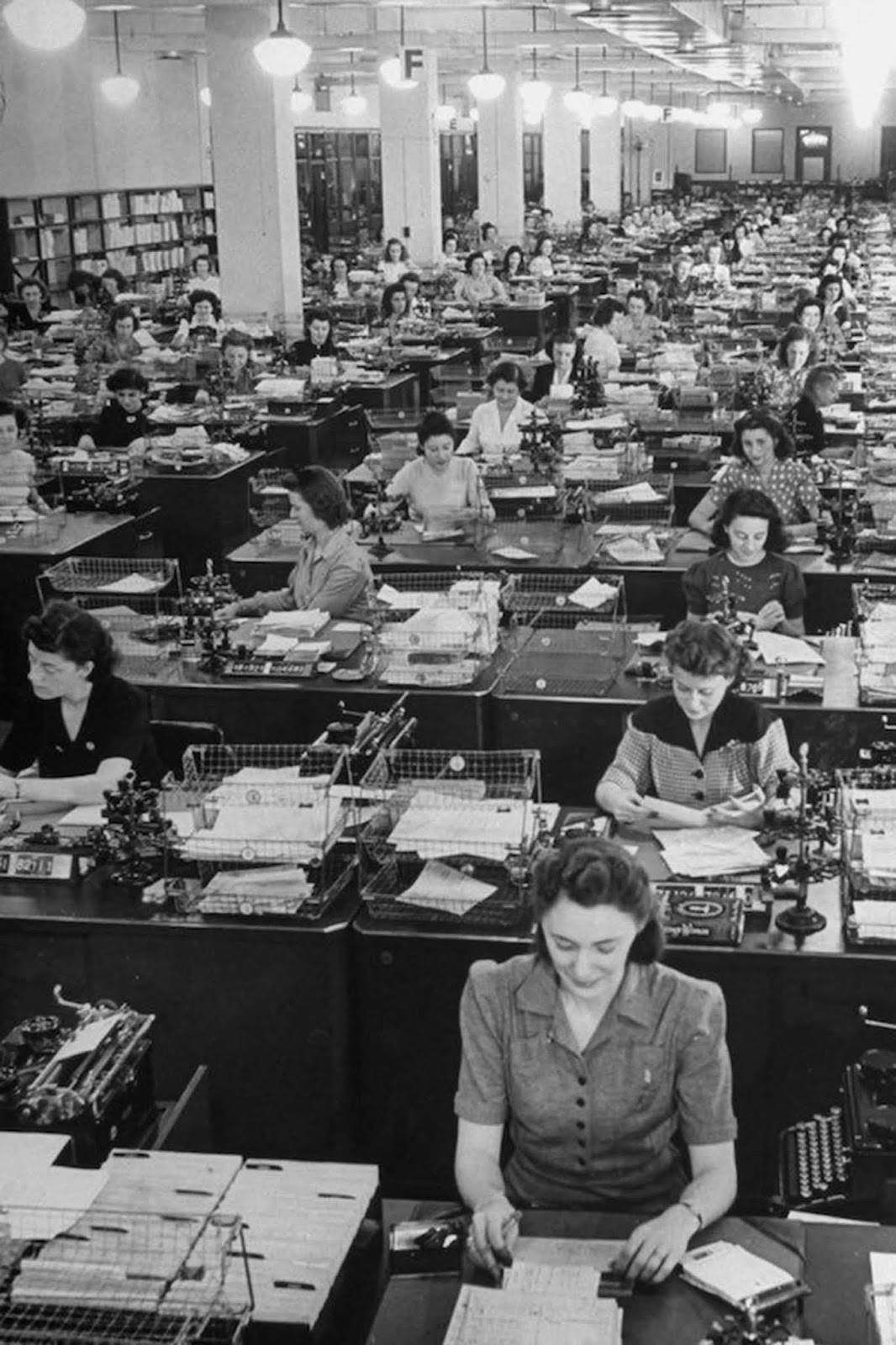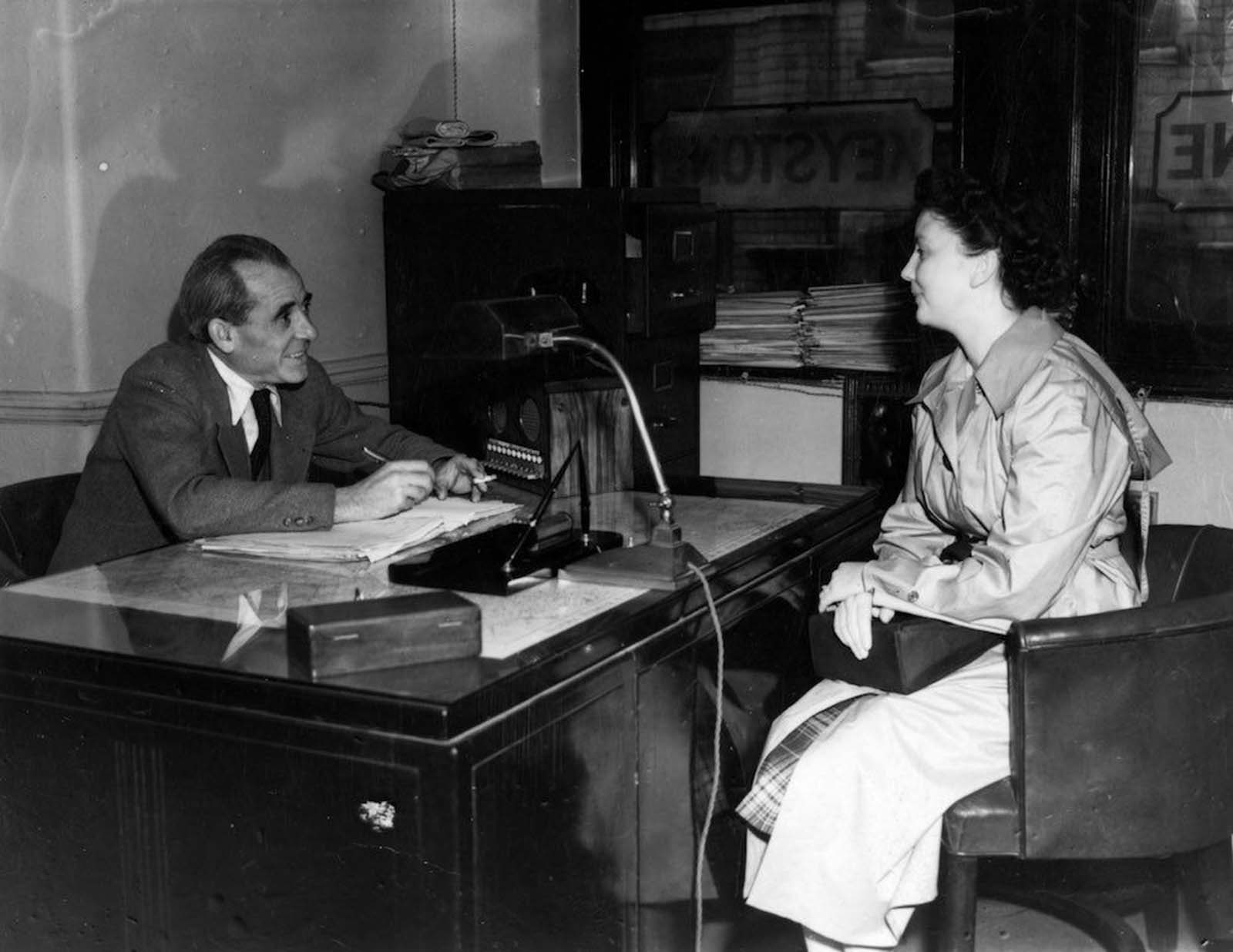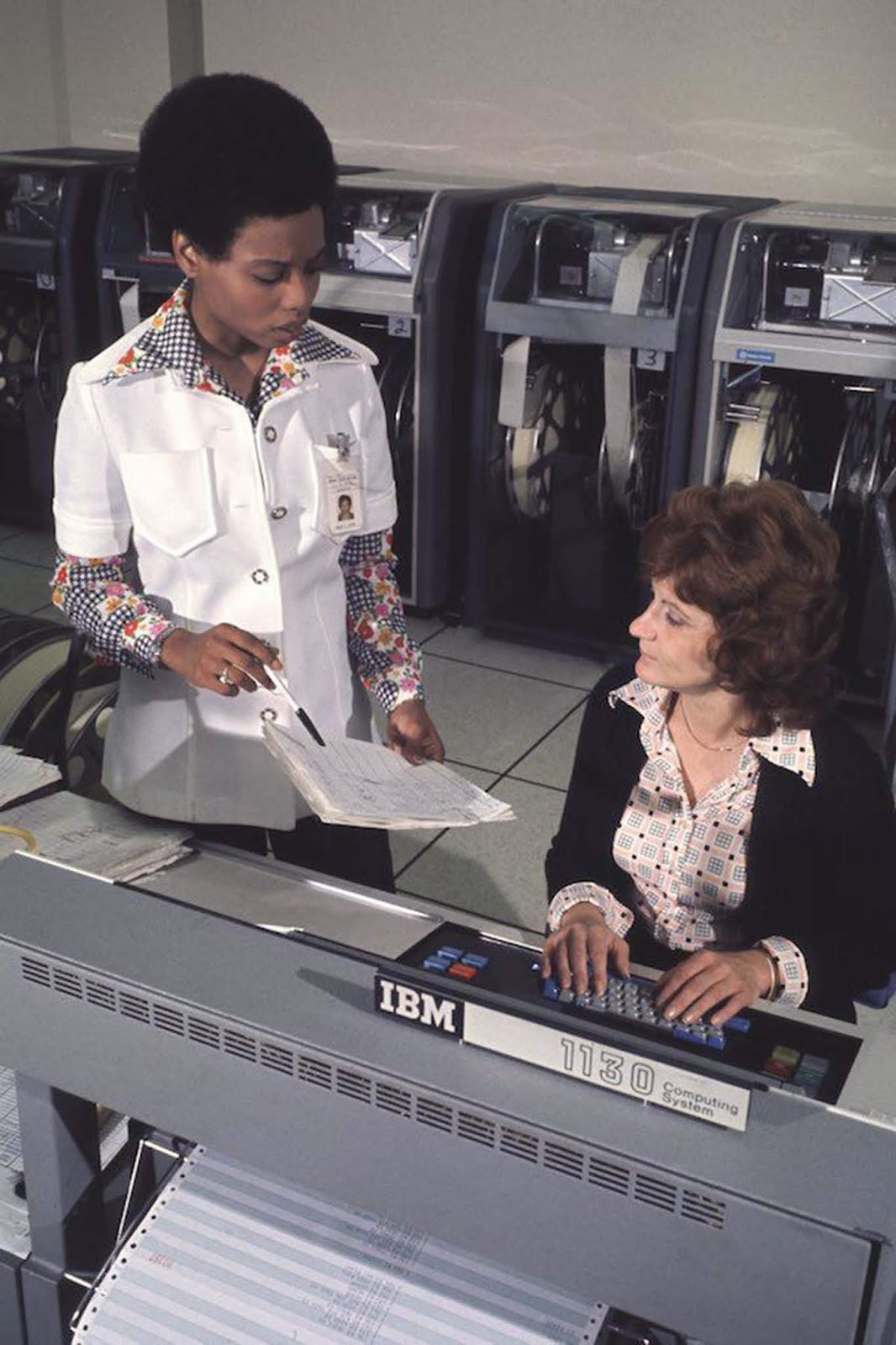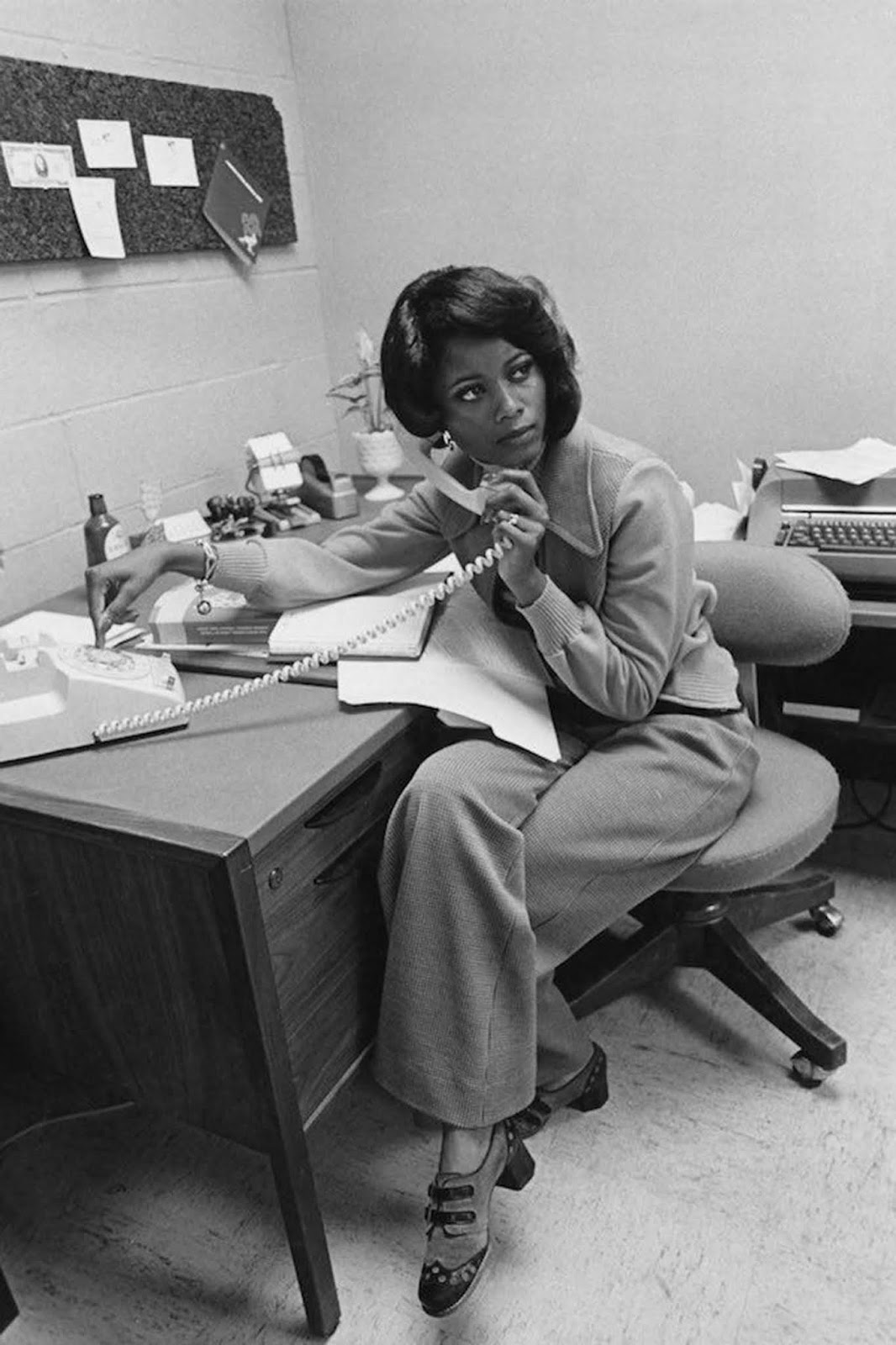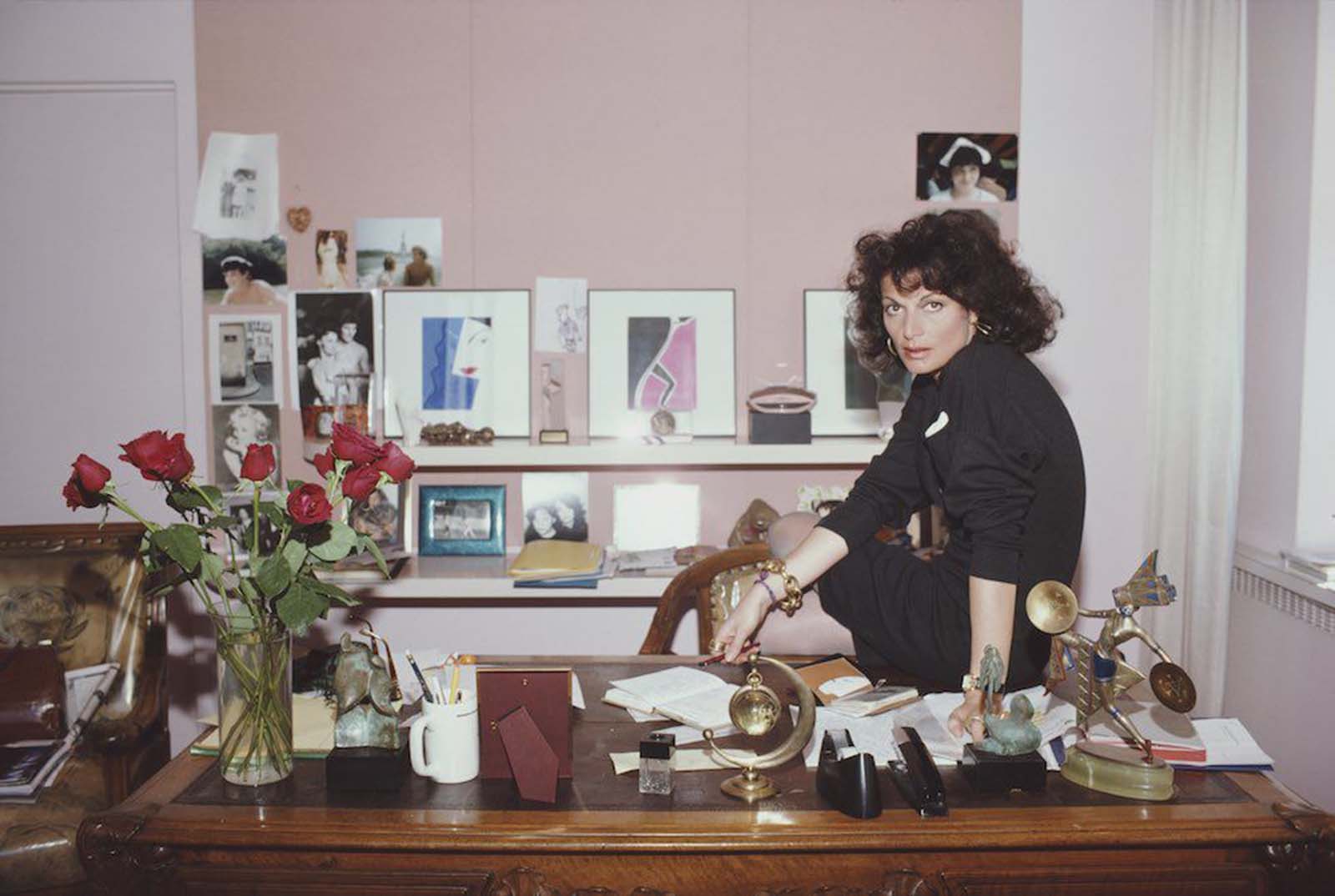In domestic service, the largest source of employment at the time, women had very little control over what they wore. It was driven by whatever the boss prescribed for the role. Factory workers, however, had a little more scope to express themselves. Underneath their aprons or overalls, they might have worn a patterned blouse or colorful stockings, or they might have styled their hair in a particular way. The 1920s saw a much more relaxed type of female emerge. After they were allowed to vote, women were also given the same professional and educational rights as men. How did they react? By ditching the corsets and pulling up those hemlines, of course! The ‘flapper’-style dresses and low waistlines allowed women to roam freely, without the restrictions of a super tight corset. Fabrics were more elaborate, to mimic the excess of the decade. The devastating effects of WWII left the Western world in a state of ration. General supplies were restricted, and clothing fabrics were no exception. Much of the 1930s focused on practicality, with women donning swollen suits and small accessories. And, with men fighting overseas in the early 1940s, many women were left to gather crops and take on more ‘male-orientated’ roles. This was directly reflected in their choice of clothing- durable denim overalls which saw them through the harsh outdoor conditions. The late 1940s saw a return to ‘traditional’ femininity. Clothing fabrics were still rationed during this time, so the focus was on simple tea dresses- with curly hairstyles and makeup being used to soften the austerity of the 1940s cut. The 1950s brought back the nipped in waist to create dramatic feminine silhouettes. Formal workwear was still very conservative, but with the addition of white gloves and the introduction of full ‘poodle’ skirts. The 1960s were all about young people who had lots of time and money to spend on popular culture and fashion trends. They wanted shorter skirts, and even bigger hair…and that’s exactly what they got. Workwear reflected this shift, with short boxy jackets and tweed skirts. Jackie Kennedy’s famous pink Chanel suit has been recreated time and time again. The 1970s hailed a whole new wave of feminism. Women were infiltrating office spaces and ready to give patriarchal society a run for its money. Women in the 1970s wore a whole variety of looks, but there was much controversy over whether women should wear trousers or dresses in the workplace. From bell-bottom jeans to the famous Diane von Furstenberg wrap dress..1970s women did it with style. Women were feeling empowered in the workplace, and 1980s fashion was going to show everyone just how powerful they were. Power dressing (in the form of big shoulder pads, and bold jewelry), helped women to make a statement in the workplace. Despite the excess of the 1980s, the 1990s saw a return to minimalism. The eye watering colors of the 1980s turned into more muted tones; to compliment the conservative styling that seemed to take hold. Shoulder pads were cut out and shorter skirts became even shorter in the form of micro minis. Here in this article we will display various pictures of women’s workwear throughout the 20th century. (Photo credit: Ulrich Baumgarten / Getty Images / Archive Photos / Kyestone). Notify me of new posts by email.
Δ Subscribe

